Government Documents and UFOs: An In-Depth Analysis
Historical Context
Government interest in unidentified flying objects (UFOs) has been documented for decades, with notable peaks occurring during the Cold War era. The U.S. government initiated several investigations, notably Project Blue Book, which operated from 1952 to 1969. This program aimed to evaluate reports of UFO sightings, determining if they had any threat to national security or if they represented advanced technology.
Categorization of UFO Reports
Government documents categorize UFO reports into several classifications:
- Unidentified Aerial Phenomena (UAP) – This term has recently gained popularity, emphasizing that many sightings remain unexplained.
- Close Encounters – Classified into three levels:
- Level One: Sightings within 500 feet.
- Level Two: Physical evidence or effects on the environment.
- Level Three: Interaction with beings or entities.
Key Document Releases
-
Project Blue Book Reports: The bulk of information available from this project can still be accessed through various archives, detailing thousands of sightings but concluding that most were misidentifications or explainable phenomena.
-
The Pentagon’s UAP Task Force Report (2020): This report provided a significant shift in governmental transparency, recognizing the legitimacy of UAPs and stating that some incidents could not be easily explained, sparking renewed public interest.
-
The 2021 Intelligence Report: Released by the Office of the Director of National Intelligence (ODNI), this report presented analysis on 144 sightings from 2004 to 2021, with only one being explained.
The Role of Freedom of Information Act (FOIA)
FOIA requests have allowed researchers, journalists, and the public to access myriad government documents related to UFOs. Significant findings emerged from these requests, highlighting both governmental hesitance to disclose information and genuine intrigue driving investigations.
The Scientific Community’s Response
The scientific community remains divided regarding UFOs. Some scientists advocate for rigorous study and funding for research into UAPs to understand their technological implications and explore potential extraterrestrial life. Others remain skeptical, cautioning against attributing phenomena to extraterrestrial origins without substantial evidence.
Public Perception and Media Influence
The portrayal of UFOs in media plays a crucial role in shaping public perception. Television shows, movies, and documentaries perpetuate myths and theories, blending entertainment with reality. The resurgence of interest in UFOs peaked after significant media coverage of government disclosures and public hearings, indicating a shift in societal acceptance.
Technological Implications
The potential technological advancements associated with UFO sightings can’t be ignored. Some reports suggest aerial maneuvers and physical properties that defy our current understanding of aerodynamics and physics. Investigations into advanced propulsion systems could propel aeronautical engineering into new realms, inspiring future research.
The International Perspective
Globally, various countries have disclosed their UFO-related documents, offering unique viewpoints:
- France’s COMETA Report (1999): This report concluded that UFOs should be taken seriously, presenting substantial evidence of sightings, urging scientific investigation.
- United Kingdom’s MoD Files: The declassification of several files in recent years revealed numerous UFO sightings, some having been investigated with serious consideration from military officials.
Conspiracy Theories and Misinformation
UFOs are deeply intertwined with conspiracy theories, often straying into the realms of speculation. Claims about government cover-ups, alien technology reverse-engineering, and secret military projects pervade public discourse. While many of these theories lack credibility, they contribute to the cultural mythology surrounding UFO phenomena.
Legislative Actions
Recent years have seen legislative interest in UFOs. Congress has called for greater transparency regarding UAP information. In 2021, the National Defense Authorization Act mandated regular reports to Congress, signaling a commitment to understanding these phenomena.
The Future of UFO Research
As technology evolves, particularly with advancements in satellite imaging and drone technology, the potential to capture and analyze UAPs will greatly improve. Enhanced sensor systems will enable researchers to categorize and analyze these phenomena more effectively.
Notable Case Studies
Several case studies have garnered significant attention:
- The Phoenix Lights (1997): Thousands witnessed a series of lights silently traversing the sky. This case remains one of the most reported sightings.
- The Tic Tac Incident (2004): Navy pilots encountered an object demonstrating capabilities far beyond known aircraft. This incident’s video footage has fueled ongoing debates about the nature of UAPs.
Ethical Considerations
The implications of potential extraterrestrial encounters prompt necessary ethical discussions. If UAPs are determined to be extraterrestrial in nature, how should humanity respond? The ethical considerations surrounding communication, investigation, and potential interaction with extraterrestrial intelligence are profound and far-reaching.
The Renowned Individuals Involved
Many respected individuals, including former military personnel, scientists, and political figures, have publicly stated their experiences and beliefs about UFOs. Their testimonies lend credibility and invite further inquiry into the phenomena.
Research Funding and Future Initiatives
Funding for UFO research remains sparse, but increased advocacy from researchers and public interest could lead to changes in this landscape. Proposals for dedicated research initiatives aim to demystify UAPs through scientific investigation and collaboration among international agencies.
Conclusion Section
The implications of the decades-long exploration into UFOs hint not only at the unknowns of aerospace phenomena but also reflect broader questions about humanity’s place in the cosmos. Continuous documentation, along with detailed analysis of government investigations, will keep the dialogue about UFOs alive in both scientific and popular arenas.
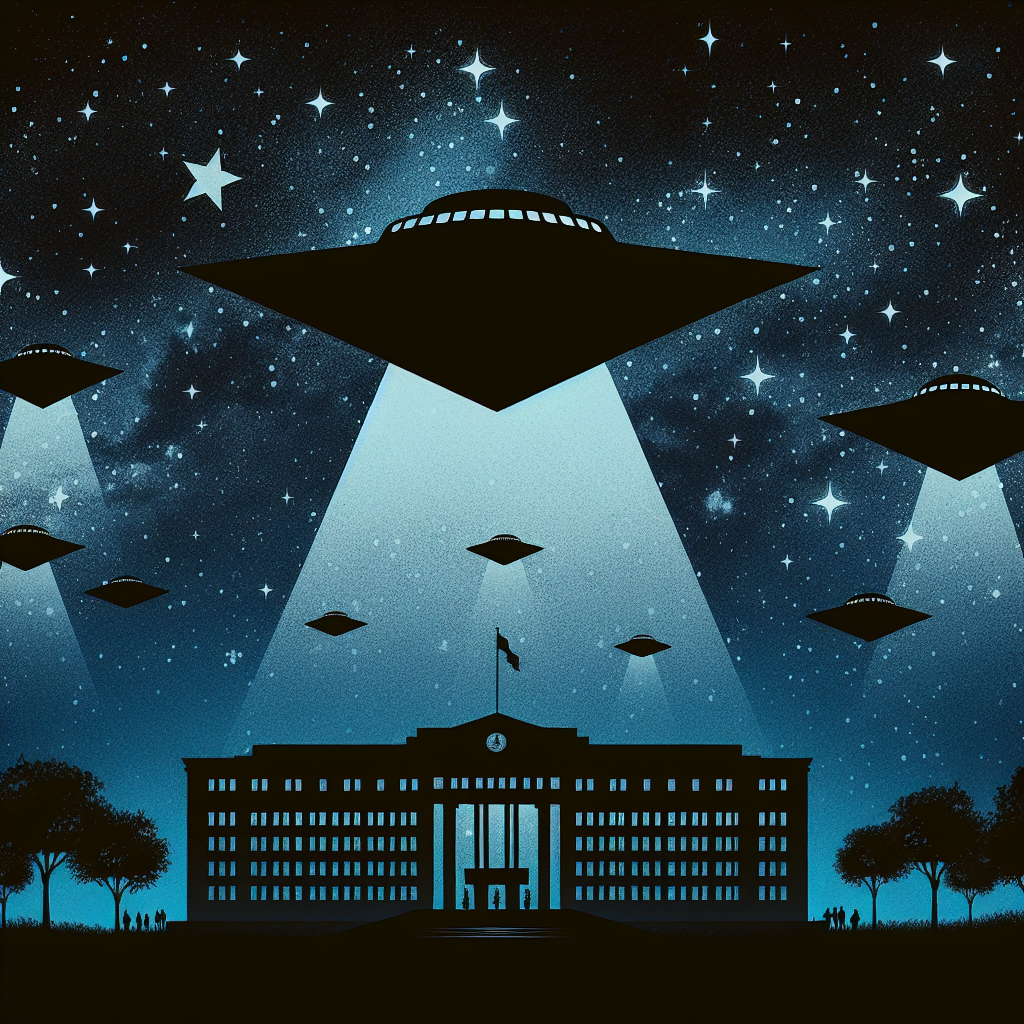




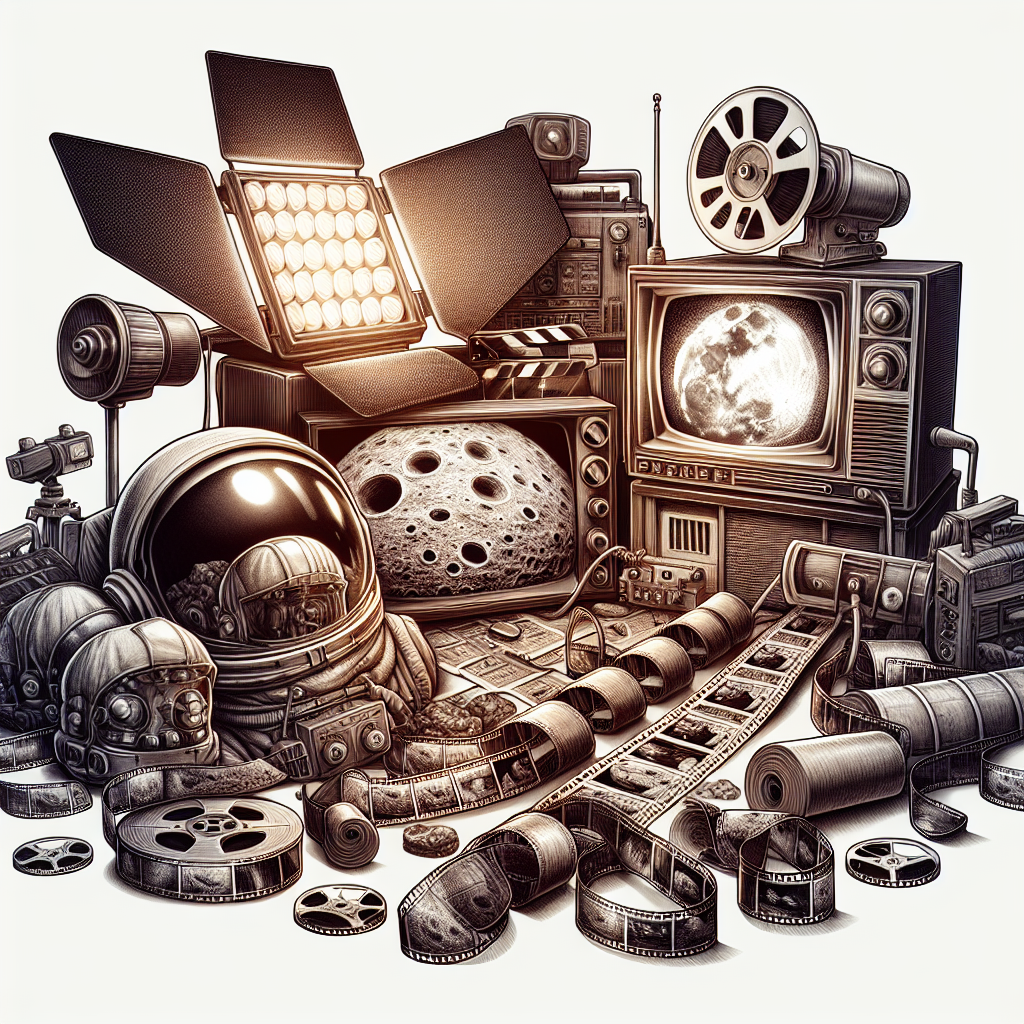

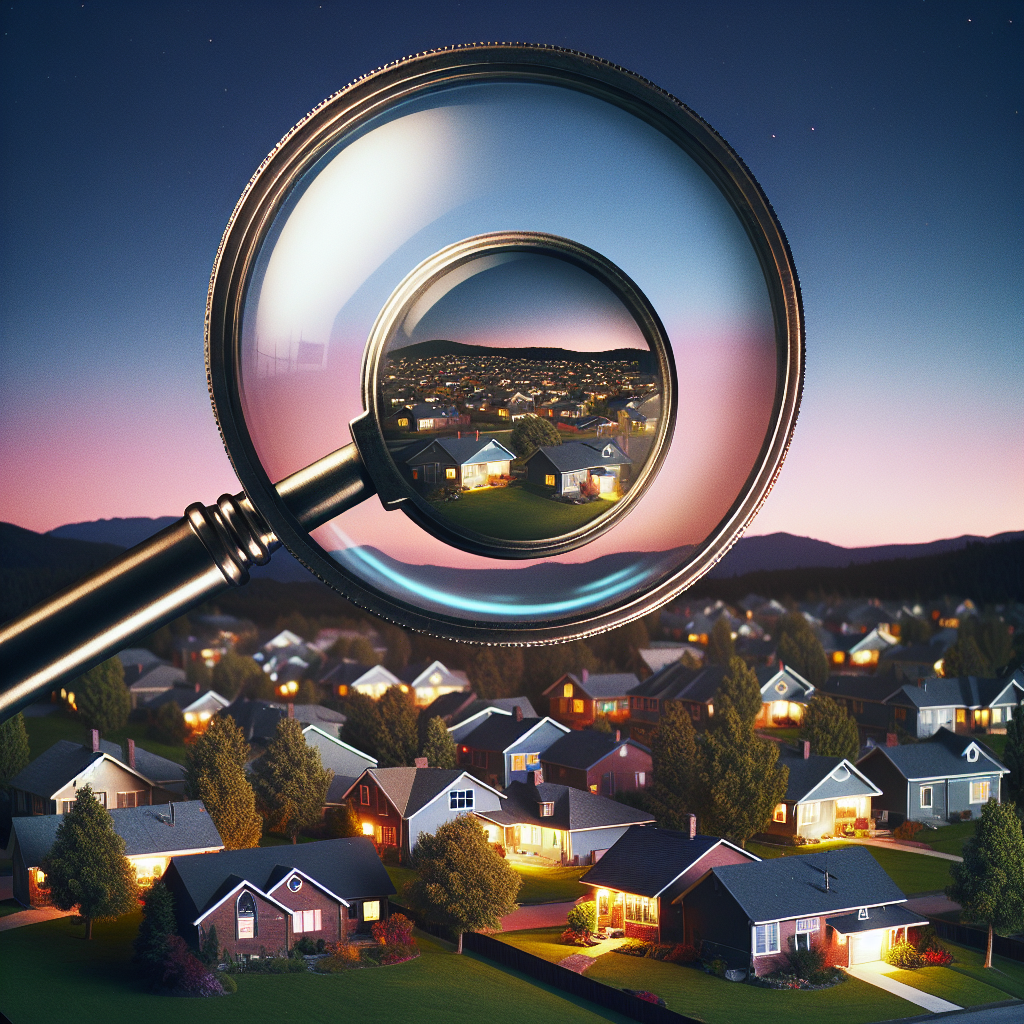
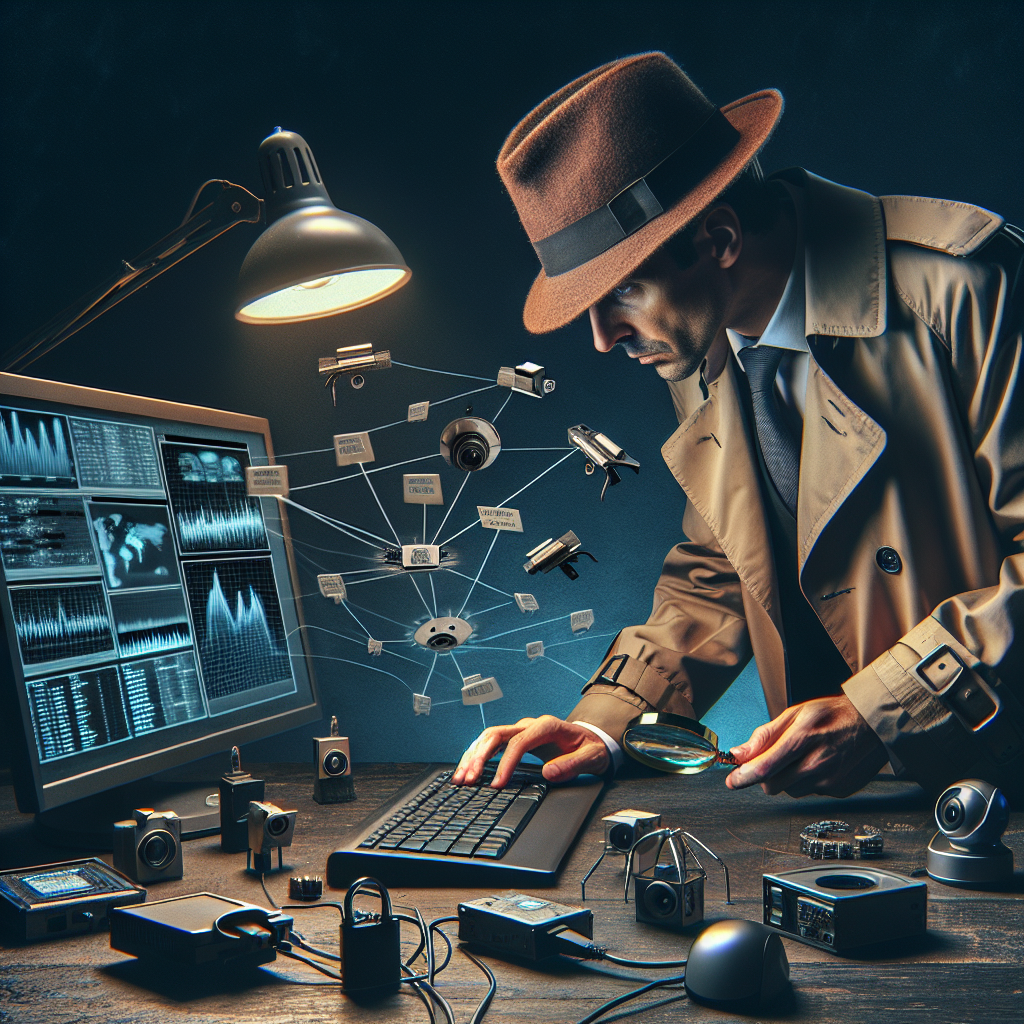

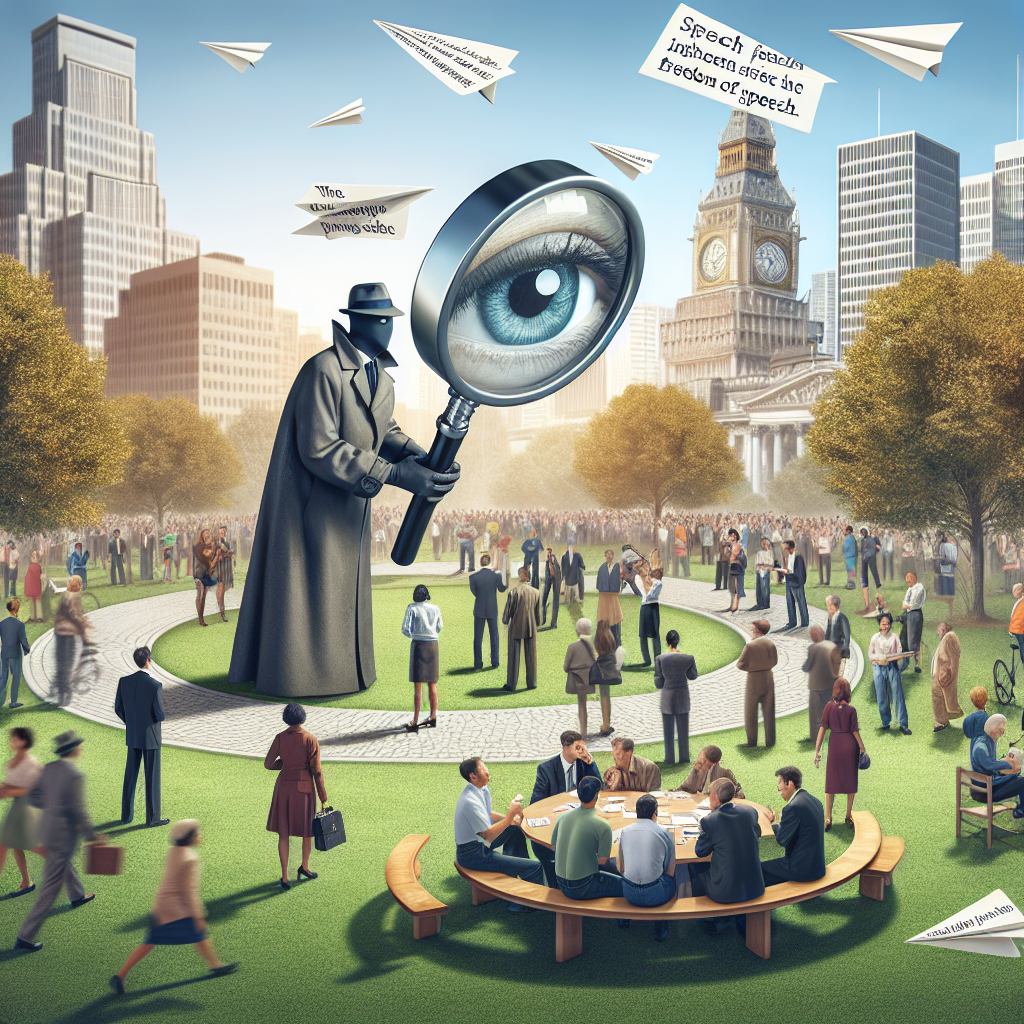


Leave a Reply